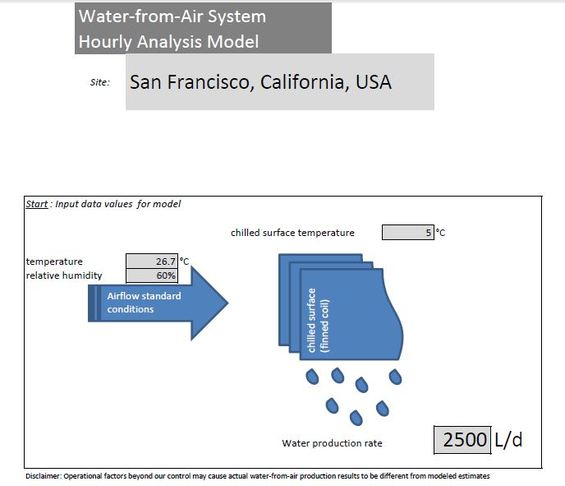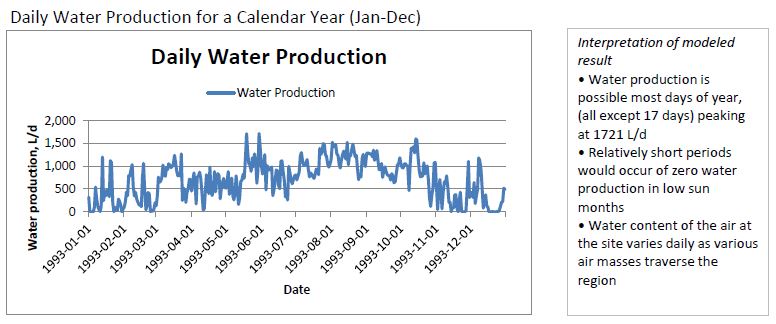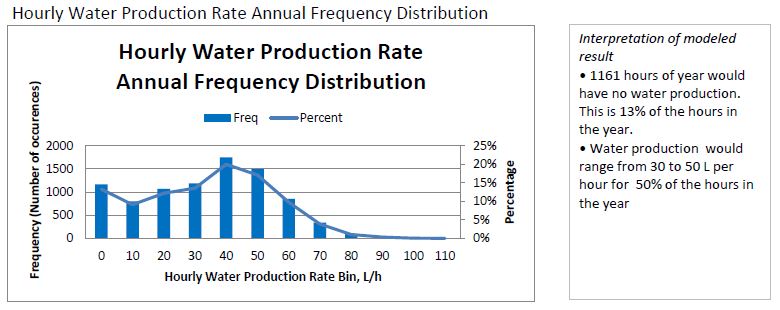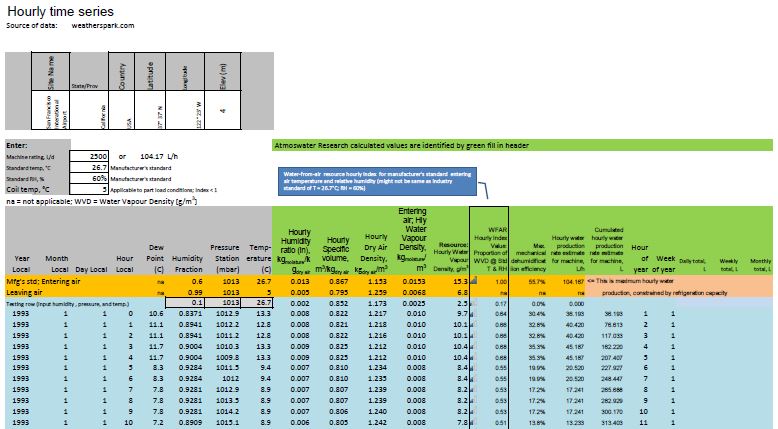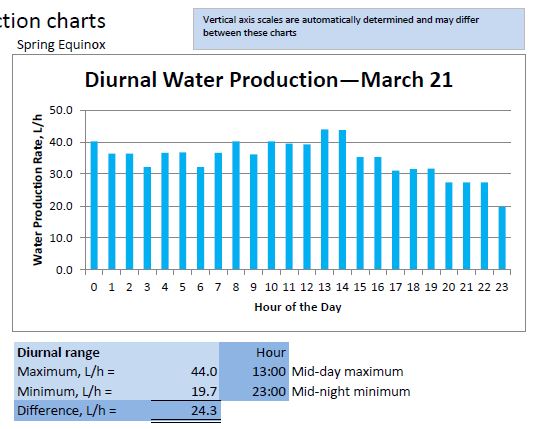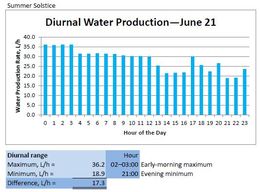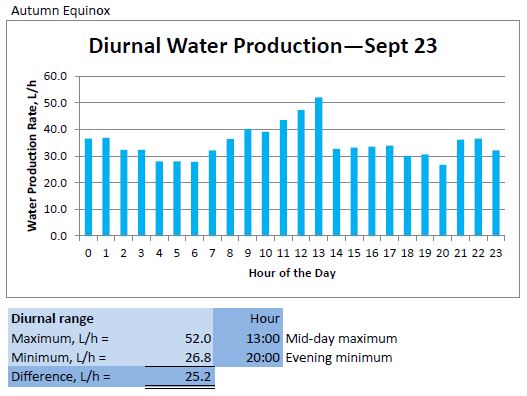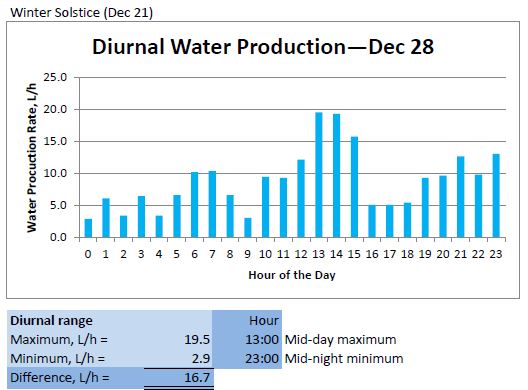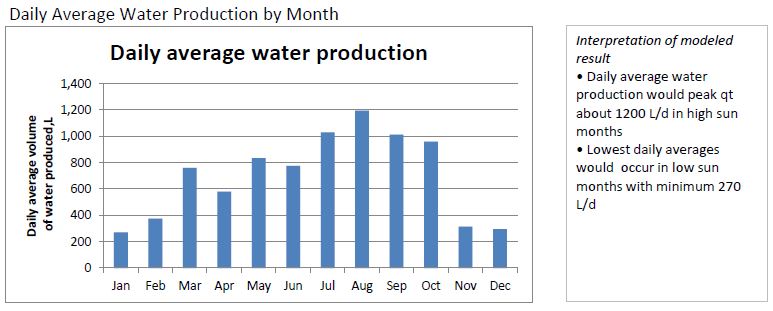
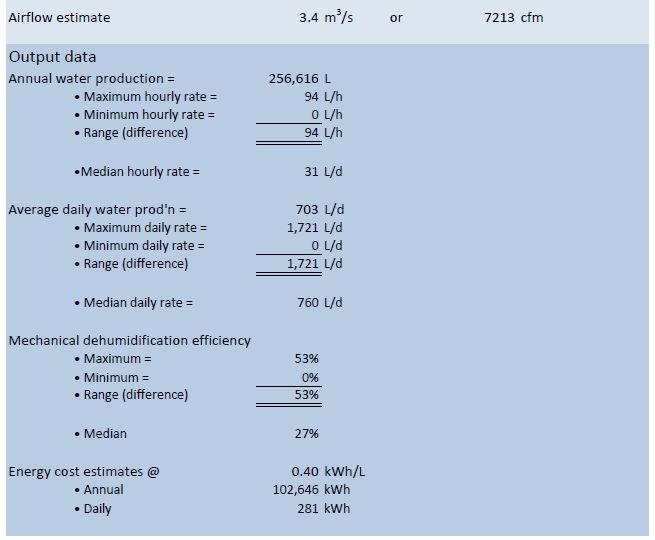
The San Francisco model shown here used weather data from 1993 because that was available as a free sample from a weather data vendor. Given the realities of climate change it would be interesting to run the model with 2013 data.
I can run models for key drought locations in California. The price per model run report is [ask for quote] (USD). Please allow up to five business days for delivery as a PDF download.
